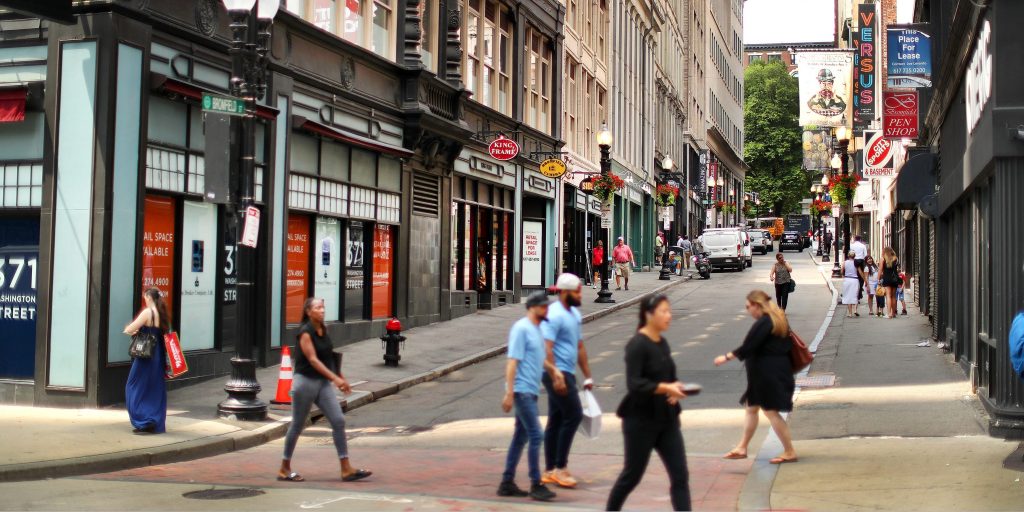- US gross domestic product shrank at an annualized rate of 0.9% in the second quarter.
- That missed the 0.5% growth forecast but improved from the first quarter's 1.6% contraction.
- The report intensifies fears of a technical recession, which describes consecutive quarters of negative growth.
The US economy contracted for a second consecutive quarter, intensifying concerns that elevated inflation and waning demand could drag the country into a new recession.
The economy's gross domestic product shrank at an annualized rate of 0.9% through the three-month period that ended in June, the Commerce Department announced Thursday in a preliminary estimate. Economists surveyed by Bloomberg expected growth to hit a 0.5% pace. The print reveals the economy continued to shrink after the 1.6% contraction observed in the first quarter.
The Thursday release is among the most highly anticipated economic reports of 2022. The recovery from the coronavirus recession has been significantly slower this year, impeded by supply-chain tangles, weaker spending, and the fastest inflation in 41 years. Trade deficits and slower inventory growth powered an unexpected contraction in the first quarter, marking the first decline since the pandemic crash. The second-quarter reading sparks concerns of a technical recession, which is loosely defined as consecutive quarters of negative GDP growth.
The decline was powered by a drop in investment, waning government spending, and slower inventory build-up, according to the report. Imports, which subtract from overall GDP, swung higher, as did exports, which add to GDP. The trade deficit largely reflects stronger domestic demand than that seen abroad. Historic stimulus powered a stronger recovery in the US than seen in many other advanced economies, and the faster rebound has since seen the US import more and export less to service Americans' strong demand.
That spending spree did soften in the second quarter. Personal consumption grew just 1% through the period, down from the 1.8% rate seen during the first quarter and missing the 1.2% median estimate. Since consumer demand counts for roughly two-thirds of economic activity, the slowdown signals the US could be in for even weaker growth in the months ahead.
To be sure, the reading does little to change the calculus that actually goes into official recession dating. The National Bureau of Economic Research is the sole body that determines when downturns actually start and end, and the organization's criteria are far more stringent than the two-quarters-of-contraction rule. The NBER's Business Cycle Dating Committee has traditionally looked for "a significant decline in economic activity that is spread across the economy and that lasts more than a few months" as a sign the economy entered a recession. As such, the Thursday report could inform the committee's decision-making, but is far from the only factor taken into account.
While the report paints a bleak picture of the economy's performance, other data suggests the recovery was still intact through the end of June. Job creation remains extraordinarily strong, with the country adding 372,000 nonfarm payrolls last month. The unemployment rate, meanwhile, stayed at a historically low 3.6%. Should hiring trends hold steady, the US is on track to return to pre-pandemic employment figures by the end of the summer.
Fed Chair Jerome Powell highlighted the "remarkably strong" labor market's strength on Wednesday as a key sign the US isn't in a downturn just yet. The central bank raised interest rates by 0.75 percentage points on Wednesday in its latest move to cool inflation. The hike matched June's increase, yet Powell hinted that upcoming meetings could see smaller upticks as the Fed looks to fight inflation without slowing the economy too much.
The Federal Open Market Committee "thinks it's necessary for growth to slow down," but there's still a path to a recession-free, low inflation economy, Powell said.
"I do not think the economy is currently in a recession," he added. "There are too many areas of the economy that are performing too well."

